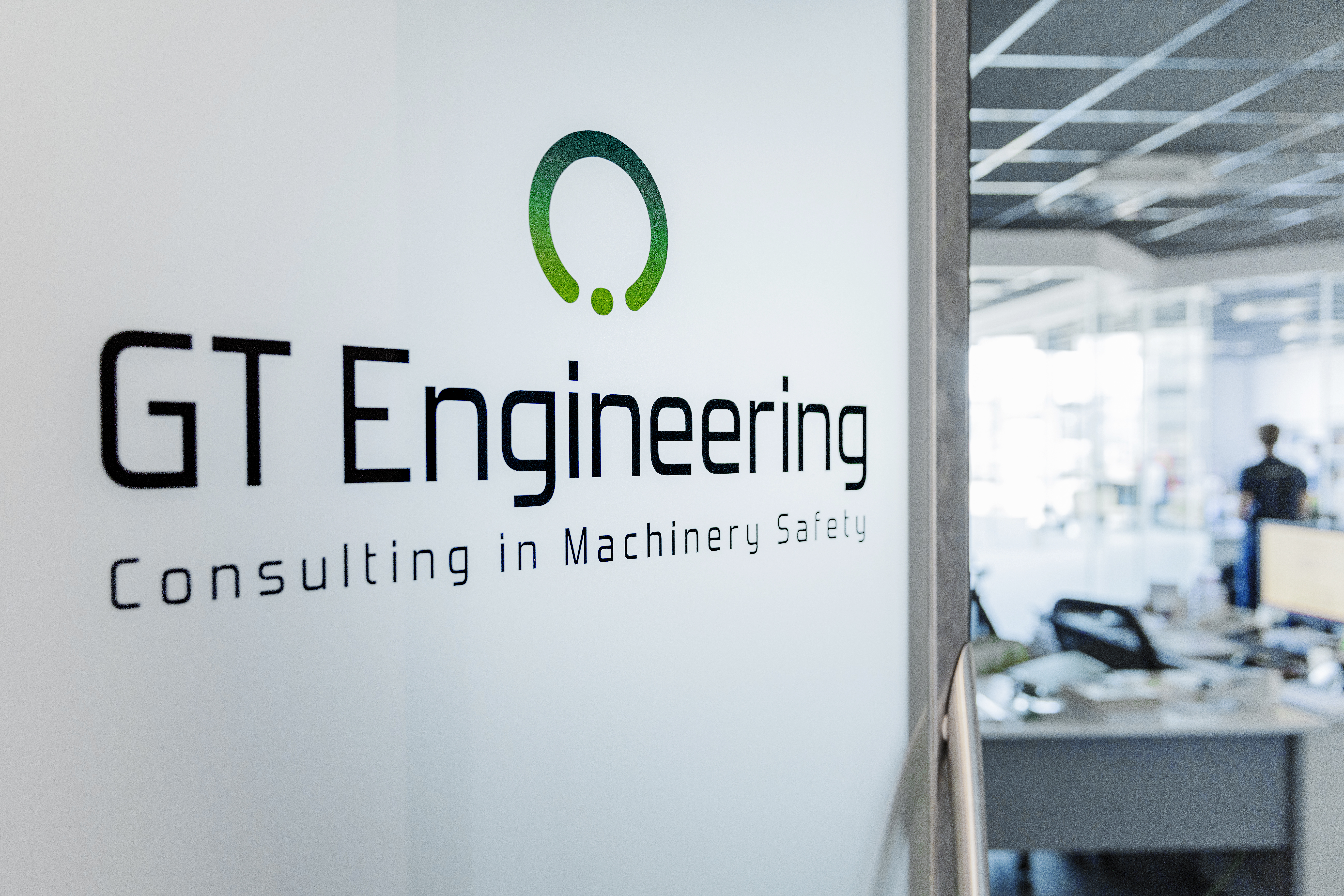Last edit: 27/03/2024
Training objective

The training provides a practical approach how to design Safety Control Systems according to ISO 13849-1, whose forth revision was published in April 2023, but also IEC 62061 (latest edition in 2021). The training is also an introduction to Safety systems in Low demand mode.
The training is designed for manufacturers with simple safety loops using Interlocks, Safety Barriers (AOPD), Contactors and Variable Speed Drives, interested in expanding its knowledge to how to apply IEC 62061 and who wants to understand the basics of high and low demand safety systems.
TARGET GROUP: Mechanical and Electrical department of machinery manufacturers.
DIFFERENCES BETWEEN THE FS1, FS2 and FS3 COURSES:
- If the goal is a good knowledge of ISO 13849-1, we recommend the 8-hour FS1 course.
- If you are also interested in IEC 62061 and want to improve your knowledge on the differences between High and Low Demand systems, we recommend FS 2.
- However, if some participants already have a good knowledge of ISO 13849-1 and are interested in learning more not only about IEC 62061, but also about the Low Demand technical standards (like IEC 61511), understand how to read a certificate of a “SIL certified” pressure transmitter, how to handle “mixed” systems, i.e. with loops in both high and low demand and in general to obtain an excellent knowledge of the standards related to functional safety, we recommend the FS 3.
Moreover, the FS 2 program contains all the FS 1 subjects and FS 3 contains all the programs of both FS1 and FS 2.
DURATION: 16 hours
Content
SECTION 1: 4 hours
INTRODUCTION TO FUNCTIONAL SAFETY
- Machine Safety and Safeguards
- Interlocks
- Safety logic Systems
- Actuators like contactor
- The basic principle of functional safety
- Introduction to systems in High and Low demand mode
- The concept of random and systematic failures
- The main regulations dealing with the functional safety of machinery
SECTION 2: 4 hours
THE TECHNICAL STANDARD ISO 13849-1
- Introduction and the first 2 Categories
- Category 2
- The importance of the time-optimal testing
- Conditions for a Categoria 2 correct implementation
- Example of Categoria 2 circuits
- Categories 3 and 4
- The Diagnostic Coverage for Category 3
- Category 4 with relatively low demand rate
- The simplified procedure
SECTION 3: 4 hours
THE TECHNICAL STANDARD IEC 62061
- Introduction
- Basic subsystem architecture A
- Basic subsystem architecture B
- Basic subsystem architecture C
- Basic subsystem architecture D
- Safety Systems in Low Demand mode of operation
- The Failure Rate
- The Hardware Fault Tolerance
- How to calculate the SFF
- Type A and Type B Components
- The Proof Test
- How to calculate the PFDavg
SECTION 4: 4 hours
EXAMPLES AND THE VALIDATION PROCESS
- Main safety wiring diagrams
- How to estimate the Diagnostic Coverage (DC)
- Main wiring diagrams
- Main pneumatic and hydraulic diagrams
- Examples of Safety subsystems
- Various examples of reliability calculations of Safety Systems
- The Validation Plan
- Fault List
- Validation of measures against systematic failures
- Information needed for the Validation
- Analysis and Testing
Instructor
GT Engineering is member of the following IEC and ISO Technical Committees:
- Member of the Technical Committee TC 44/MT 62061 for IEC 62061: Safe control systems for machinery
- Member of the Technical Committee TC 44/PT 63394 for IEC TS 63394: Guidelines on safe control systems for machinery
- Member of the Technical Committee TC 65/SC 65A/MT 61511 for IEC 61511: Functional safety – Safety instrumented systems for the process industry
- Member of the Technical Committee TC 65/SC 65A/MT 61508-1-2 for IEC 61508: Maintenance of IEC 61508-1, -2, -4, -5,-6 and 7
- Member of the Technical Committee ISO/TC 199, for ISO 13849-1